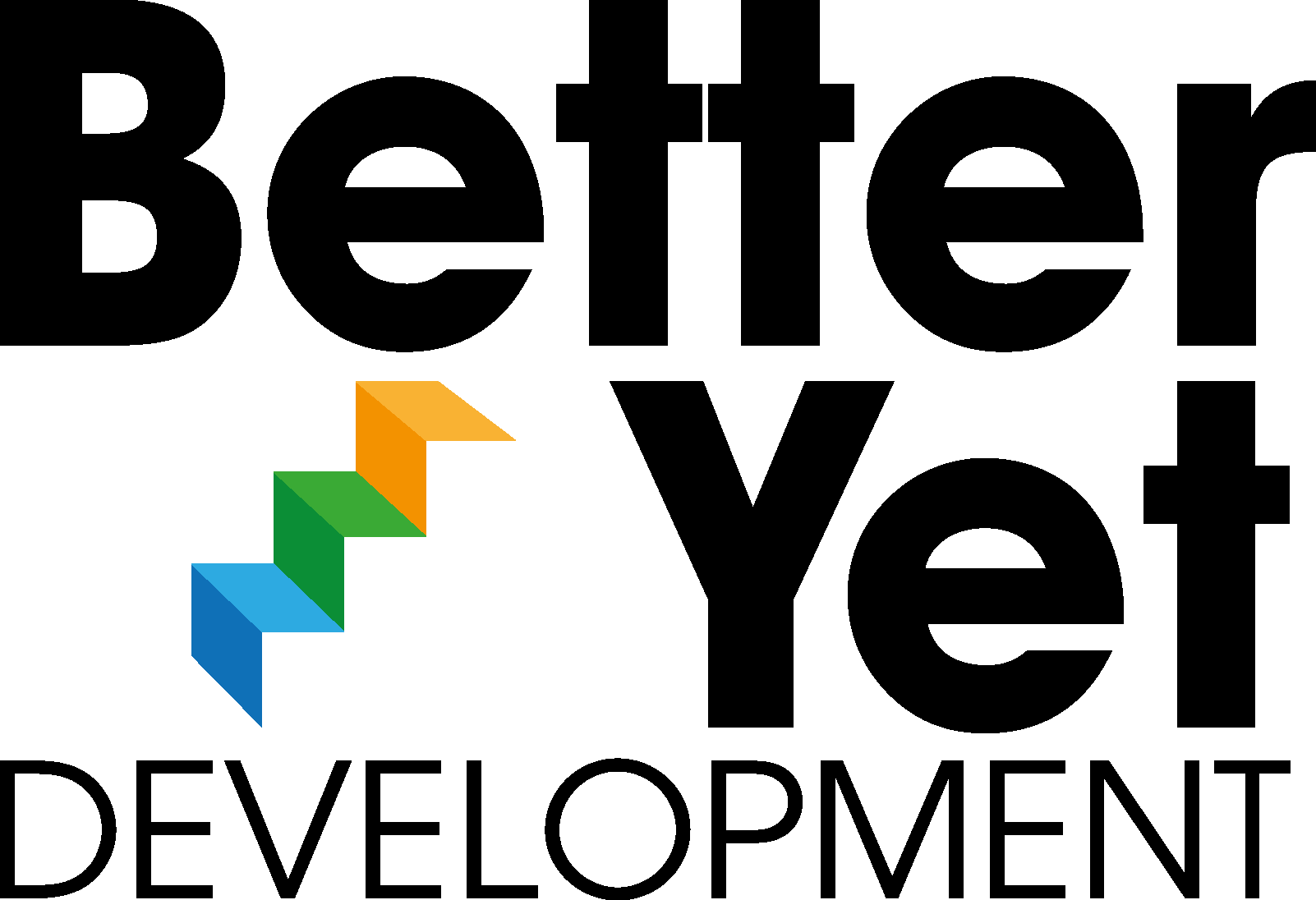This is a great exercise for getting a team unstuck and for getting new ideas or perspectives onto the table to help push a solution forward.
Experience suggests you need a team of at least 10-12 to make it work, but as a process, it also scales to a group of dozens or, with a little logistical thought, even hundreds.
The first step is to articulate the problem statement. What’s the question do you need an answer to? Will reaching agreement in response to that question enable you to move forward?
Write it on a whiteboard or flipchart. Get input from participants, form it into a How, What, Where, When, or Who question and make sure that everyone is clear on the problem that requires a solution.
Ask everyone to reflect, in silence, on the question for at least 1 minute.
Then get everyone to stand up and find someone in the group who they know less well. When everyone is paired (or in a 3 if you have odd numbers), ask the pairs to have a conversation about the problem that has been articulated.
Explain that when the bell sounds (if it’s a small group, use a notification on your phone or just tap on a glass), everyone needs to find a new partner and start a new conversation on the problem at hand.
Carry on for up to 3 rounds.
Now divide the team into groups of 5 or 6 and task them with agreeing a view on how to move the problem forward.
For teams of up to 15, you can then task the whole team with agreeing a unified way forward.
Larger groups may require an additional consolidation round of subgroups and some thinking around how ideas are best played back and how consensus will be achieved – perhaps it’s agreeing priorities or what a next step should be, who will be involved etc.
As well as gathering workable ideas to solve the central issue, make sure to debrief the process. Explore how participants found the conversations, what worked? What didn’t? What was the impact of standing up to have the conversations? How did the time constraint influence the discussions? How did perspectives change from one conversation to another? What are the takeaways in terms of questioning, listening and creativity?

